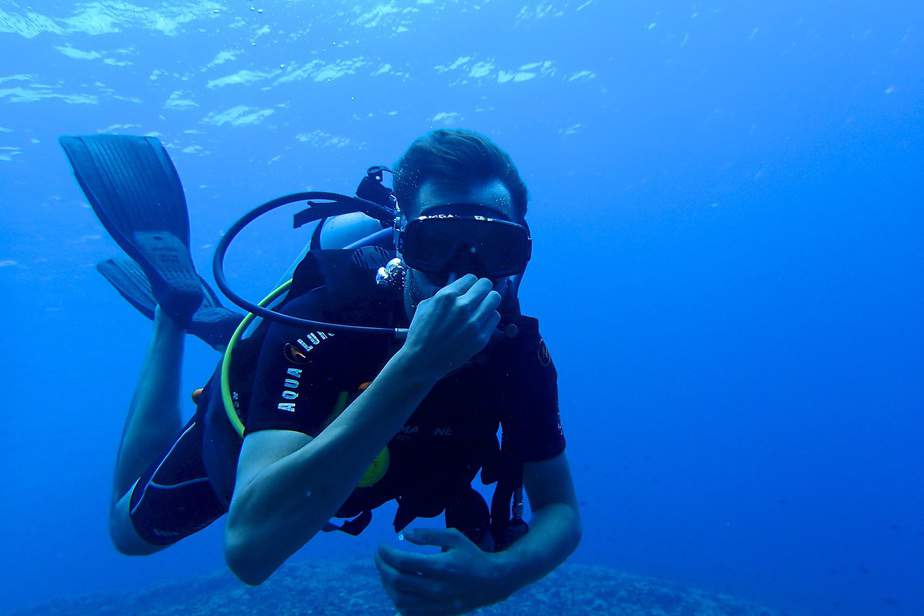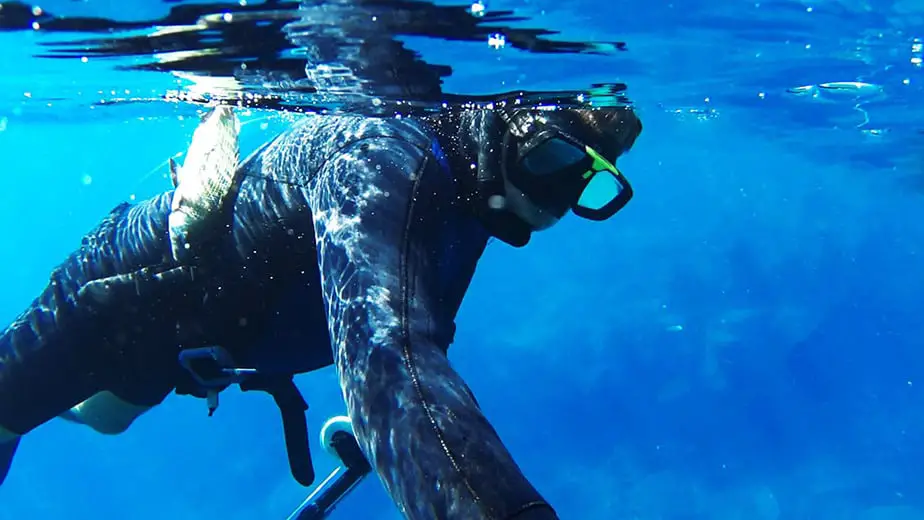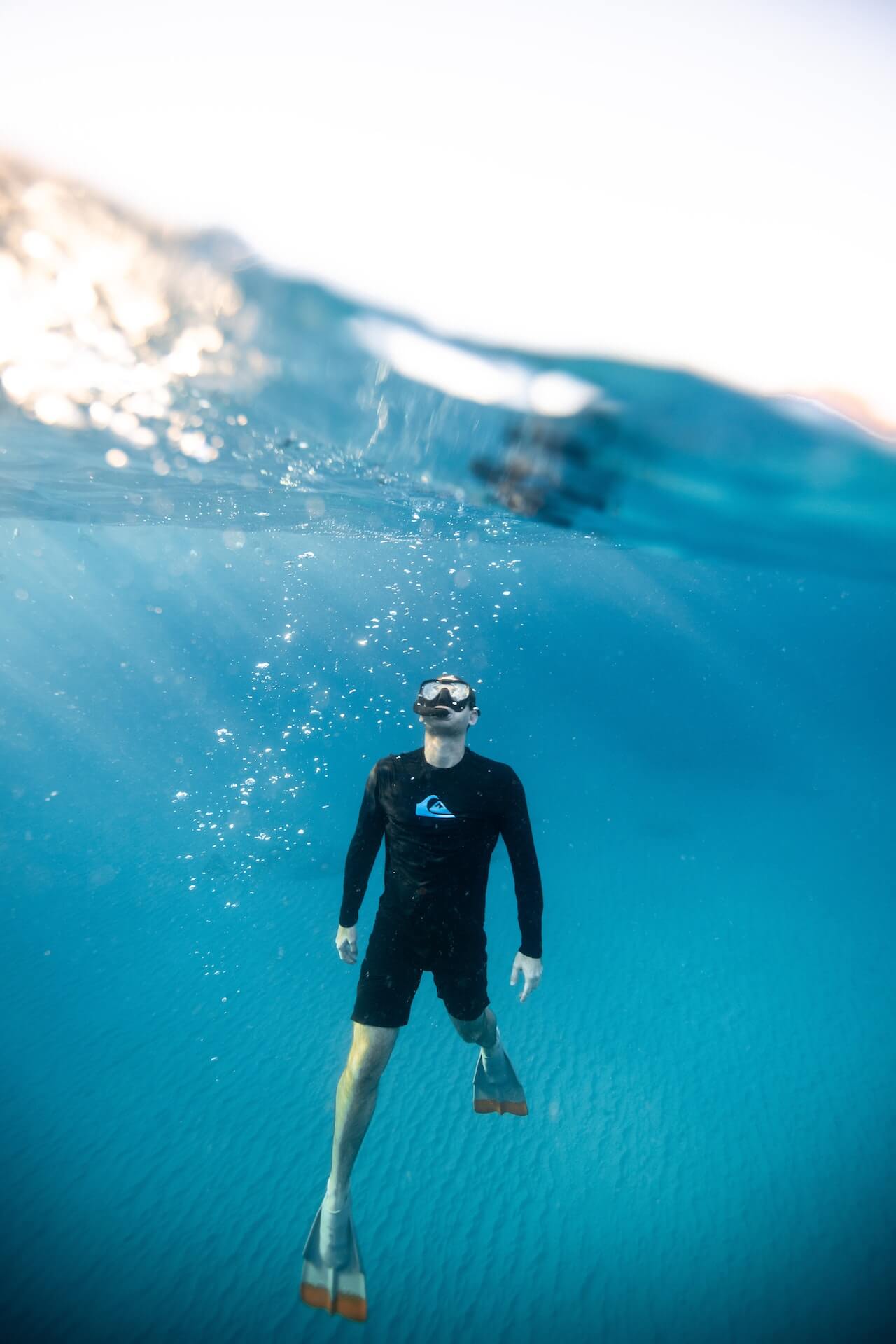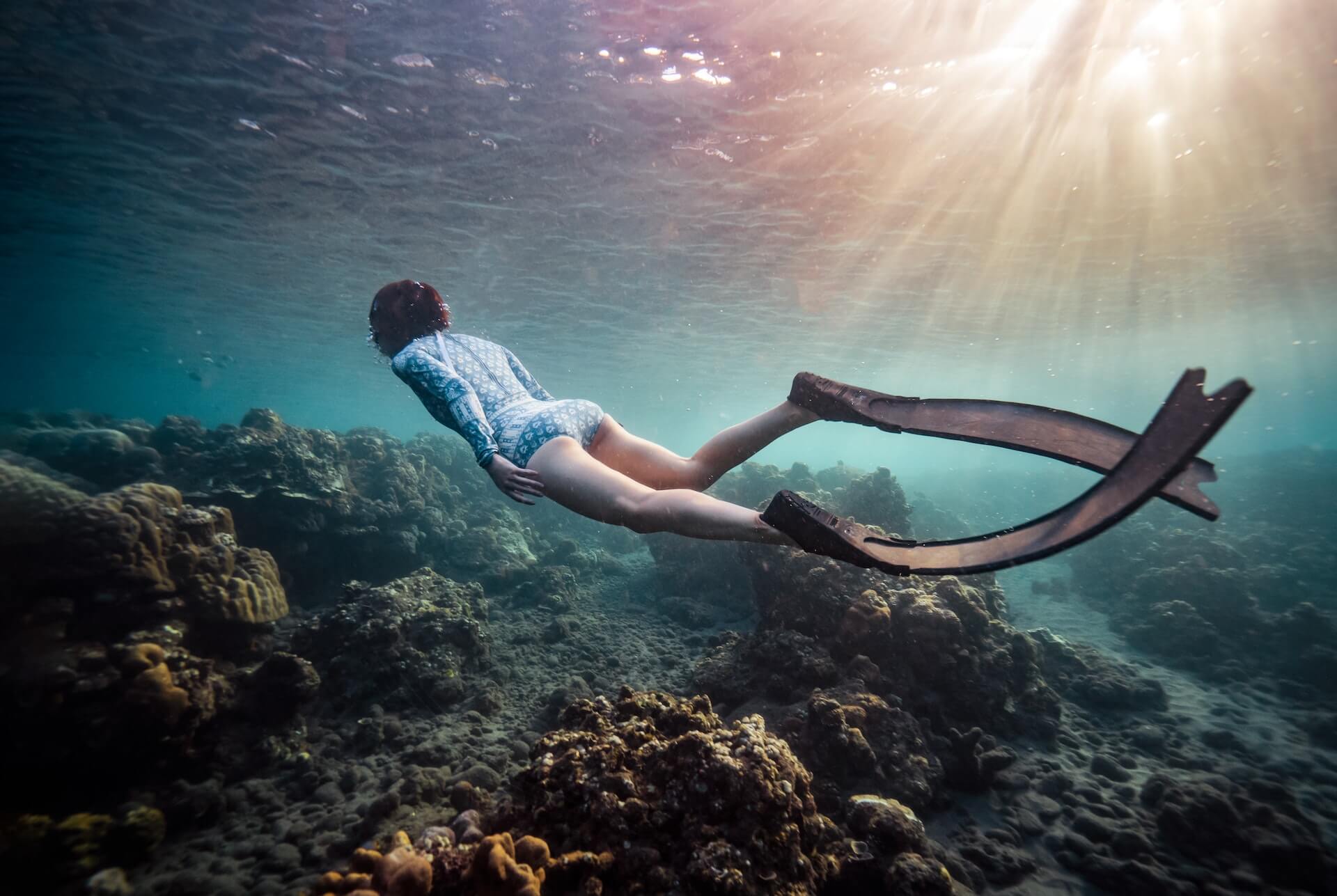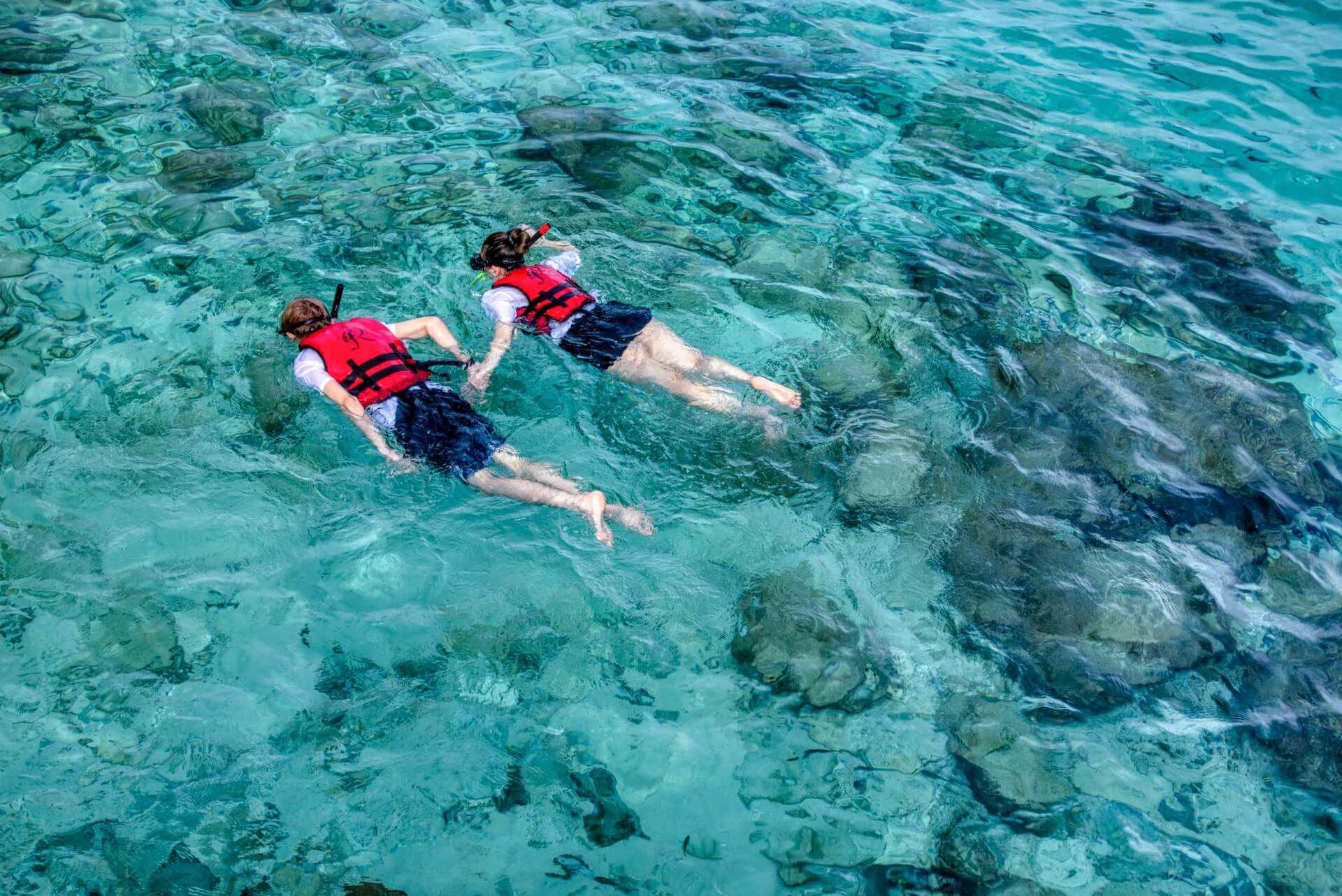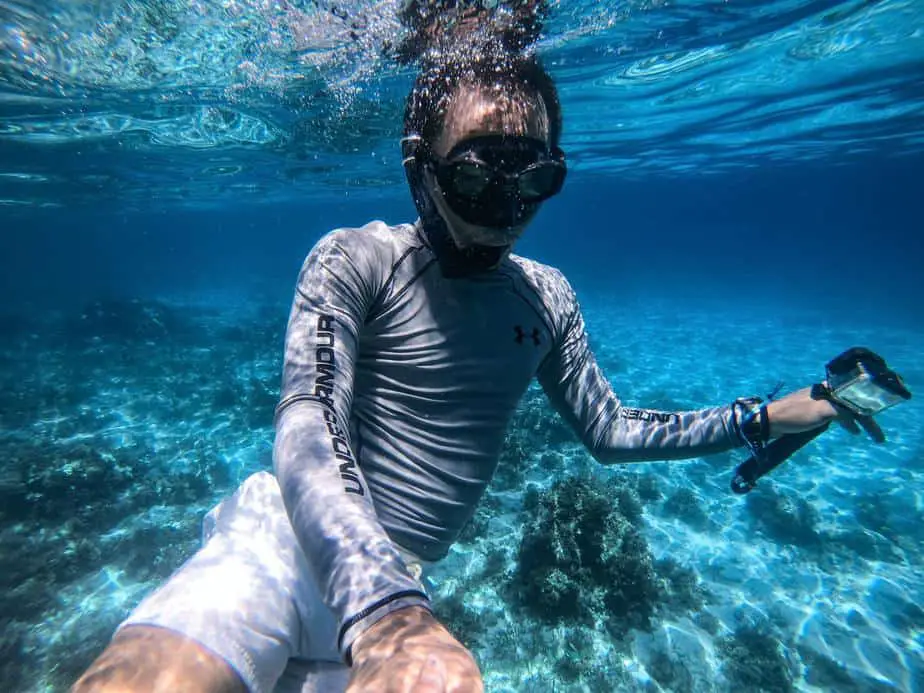Water is such a fundamental part of our lives that we rarely give it a second thought. We drink it, cook with it, and of course, swim in it. But did you know that there is something called heavy water (D2O), which shares many of the same qualities as water, but is in fact, something different?
Heavy water is used in various industries, including nuclear magnetic resonance, infrared spectroscopy, neutron moderation, neutrino detection, metabolic rate testing, neutron capture therapy, and the production of radioactive materials such as plutonium and tritium.
Sounds scary, but the cool thing is, it’s about 10.6% denser than water, and you can even ingest small amounts of it safely. In this article, we will answer the most common questions people have about heavy water, including whether or not you can swim in it and what it would feel like.
What is heavy water?

Heavy water, scientifically referred to as deuterium oxide (D2O), is a form of water that contains a larger than normal amount of the hydrogen isotope deuterium, rather than the common hydrogen-1 isotope (which is just protium) that makes up most of the hydrogen in normal water.
Each deuterium atom contains a proton, neutron, and electron, whereas the more common protium has only one proton.
How is heavy water different from regular water?
The primary difference between heavy water (D2O) and regular water (H2O) is in the hydrogen atoms. In regular water, the hydrogen atoms are typically protium, which has no neutrons. In heavy water, the hydrogen atoms are deuterium, which contains one neutron in the nucleus.
This additional neutron gives deuterium a greater atomic mass than protium. As a result, heavy water has a higher density and different nuclear properties than regular water. This difference in nuclear properties is why heavy water is used in certain types of nuclear reactors.
Is heavy water toxic or harmful to humans?
In small amounts, heavy water is not toxic to humans. Consuming small quantities (such as a few milliliters) is generally considered harmless. However, if a significant fraction of a person’s water intake were replaced with heavy water, it could be harmful and even lethal.
This is because deuterium can interfere with cell division and metabolic processes in the body when present in large amounts. It’s estimated that replacing 25-50% of the body’s water with heavy water might lead to physiological consequences, and replacing 50% or more could be lethal.
Why is it called “heavy” water?
It’s called “heavy” water because it is denser than regular water. This increased density is due to the presence of deuterium, which has an additional neutron in its nucleus compared to protium, the hydrogen isotope commonly found in regular water. This additional neutron makes deuterium, and consequently heavy water, heavier than their counterparts.
Would a person float better in heavy water compared to regular water?
Yes, a person would float better in heavy water by about 10% compared to regular water because heavy water is about that much denser than regular water.
Objects float when they displace a weight of fluid equal to their own weight. Since heavy water is denser, an object (or person) submerged in it would displace more weight in a smaller volume, making it easier to float.
Would swimming in heavy water feel different than in regular water?
Yes, swimming in heavy water would feel somewhat different than in regular water. Due to the increased density, a swimmer would experience more buoyancy, making it easier to float.
However, the increased density might also create slightly more resistance when moving through the water. This would mean that, theoretically, swimming might require slightly more effort in terms of moving through the water, but maintaining buoyancy would be easier.
Is it safe to swim in a pool full of heavy water?
From a purely physical perspective, swimming in a pool full of heavy water would be similar to swimming in regular water, but with increased buoyancy due to its higher density. However, there are potential health concerns if large quantities of heavy water are ingested or absorbed.
While incidental contact or swallowing a small amount won’t be immediately harmful, prolonged exposure or consumption in large quantities can pose health risks. Also, remember that heavy water is much more expensive than regular water, so filling a pool with it would be exorbitantly costly.
How does heavy water affect the human body if ingested?
Small amounts of heavy water are not immediately harmful if ingested. However, if a significant portion of one’s water intake is replaced with heavy water, it can be harmful. This is because the deuterium in heavy water can interfere with certain cellular and metabolic processes.
Deuterium substitutes for regular hydrogen in biochemical reactions, and because deuterium bonds are stronger than hydrogen bonds, it can disrupt normal physiological processes.
If, hypothetically, more than 50% of the body’s water were replaced with heavy water, it could be lethal due to interference with cellular processes, especially those in the central nervous system.
Where is heavy water found naturally?
Heavy water is found naturally in ordinary water, but in very small amounts. On average, about one in every 6,400 hydrogen atoms in water is deuterium, which means regular water contains about 0.0156% heavy water.
The reason for this is that deuterium is a naturally occurring isotope of hydrogen, and while it’s much rarer than the primary isotope of hydrogen (protium), it’s still present everywhere that hydrogen is found.
Can aquatic life survive in heavy water?
Aquatic life would struggle to survive in an environment made entirely of heavy water. Since heavy water’s properties can interfere with cellular and metabolic processes, organisms that rely on regular water would likely experience negative physiological effects if placed in pure heavy water.
Studies have shown that certain single-celled organisms can’t reproduce in heavy water, and fish placed in heavy water tend to become lethargic and eventually die. It’s important to understand that while heavy water isn’t immediately toxic in small amounts to many organisms, an environment completely composed of it is not conducive to the survival of typical aquatic life.
Sources:

